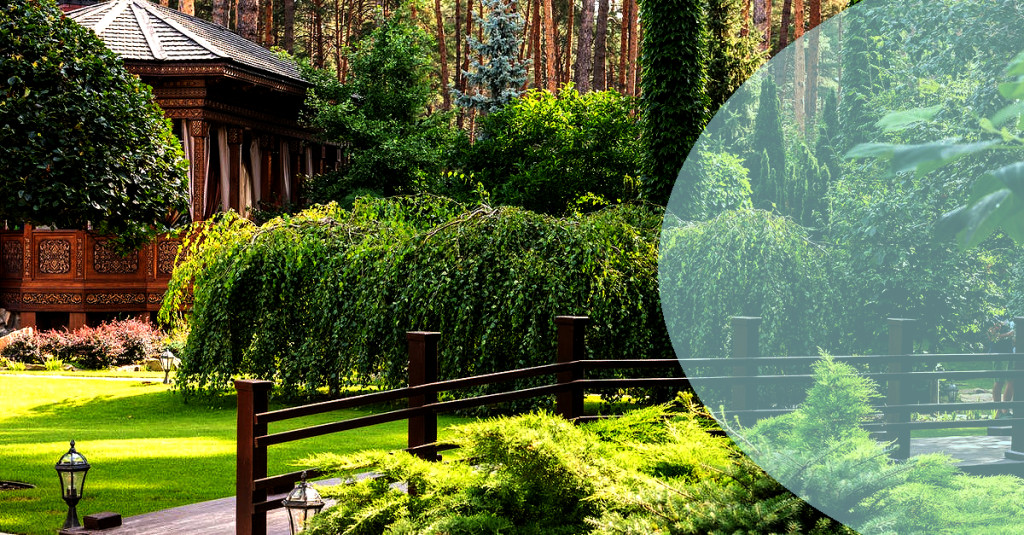How to Design a Garden Path

Planning Your Garden Path
Garden paths can add an extra level of appeal to your garden, and can be designed to guide visitors through the space. A well-designed garden path can highlight the beauty of your garden and even add an outdoor living area to your home. In this post, we will discuss how to design a garden path that is functional and aesthetically pleasing.
Materials
The first step to designing a garden path is to plan the route of the path. Consider the terrain, the surrounding landscape, and the intended purpose of the path. Will it be a straight line, or will it wind through flower beds and under trees? Will it lead to a seating area, a pond or a garden ornament? Take the time to map out the route before beginning the design process.
Width and Shape
The materials used in a garden path will depend on the style you're aiming for. Some popular materials for garden pathways include stone, brick, concrete and gravel. Consider the surrounding landscape and the intended use of the path when selecting materials. For example, a path leading to a garden pond may require a more rustic look with natural stone, while a path leading to a modern outdoor living area may benefit from sleek concrete or pavers.
Lighting
The width and shape of a garden path should be proportional to the surrounding landscape, as well as the intended use of the path. A straight path may be ideal for a formal garden, while a curved path may work better in a more naturalistic setting. In terms of width, consider how many people will be using the path at one time, and whether or not it will need to accommodate wheelbarrows or other gardening equipment.
Related articles
Additional Features

Consider adding outdoor lighting to your garden path. Lighting can highlight the path's features, and enable you to use and enjoy your garden at night. Proper lighting can also help to prevent accidents and increase safety. Solar-powered lights are cost-efficient and environmentally friendly options.
Final Thoughts

Additional features can be added to garden paths to further enhance their functionality and aesthetic appeal. Low walls or flower beds bordering the path can add a sense of enclosure and create a defined route. Containers with colorful flowers or inviting herbs can add character and fragrance. In the garden, water features like a small fountain or a pond can bring sound and movement to the space.
Designing a garden path is a process that requires careful thought and planning. With the tips outlined above, you can create a garden path that is not only functional but also aesthetically appealing. Remember to consider the surrounding landscape, the intended use of the path, the materials, the width and shape, lighting, and additional features. With a well-designed garden path, you can enjoy your garden year-round, and create an outdoor living area that is uniquely your own.
If you want more gardening tips and inspiration, visit the following links:





